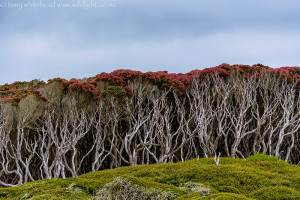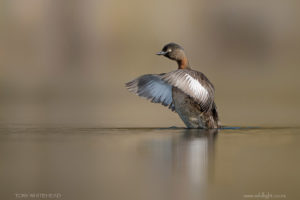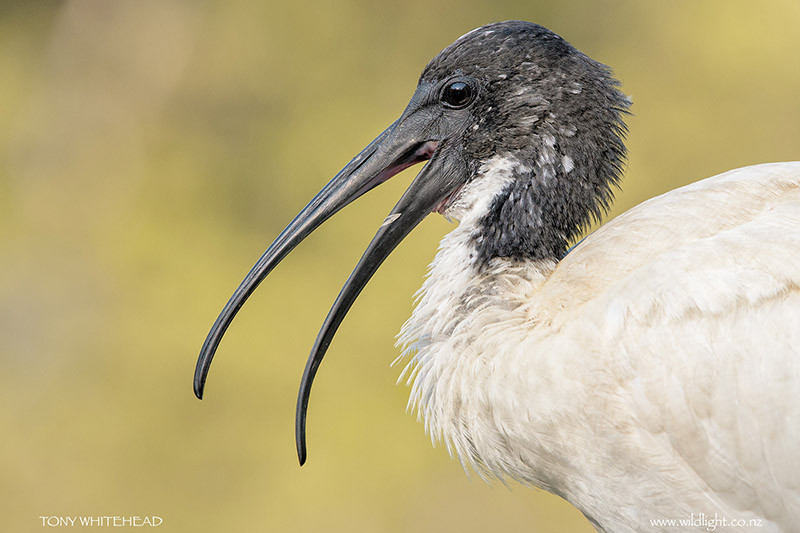
Bin Chicken is one of the colloquial names for the Australian White Ibis (Threskiornis molucca). Other disparaging terms include, tip turkey, dump chook, trash vulture, Bankstown bin diver and winged waste lizard. They always remind me of African Sacred Ibis (Threskiornis aethiopicus), which having grown up with Hadeda Ibis in the garden, always looked quite exotic to me with their white plumage. The Bin Chicken has proven very adaptable to habitat change caused by human urban expansion, exploiting our wastefulness as a food source.
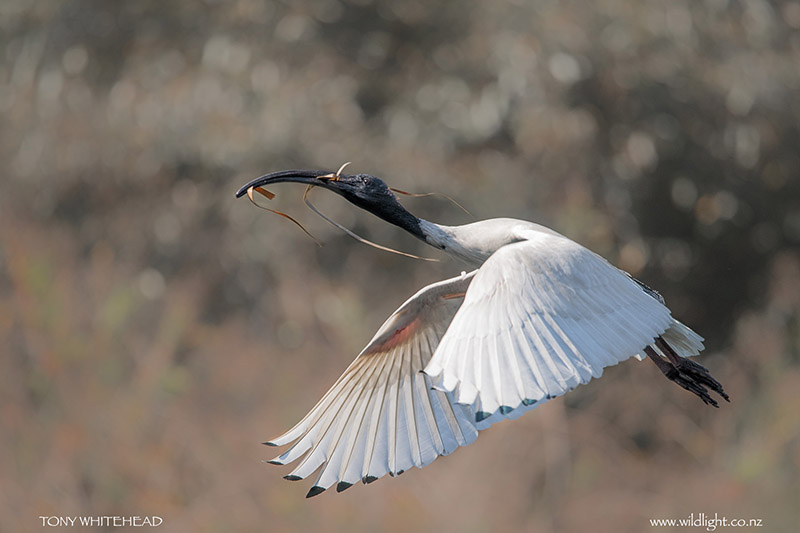
Their traditional wetland homes with diet of aquatic invertebrates and insects have suffered and they have adapted by moving, very successfully, into our urban habitats and foraging in our waste.
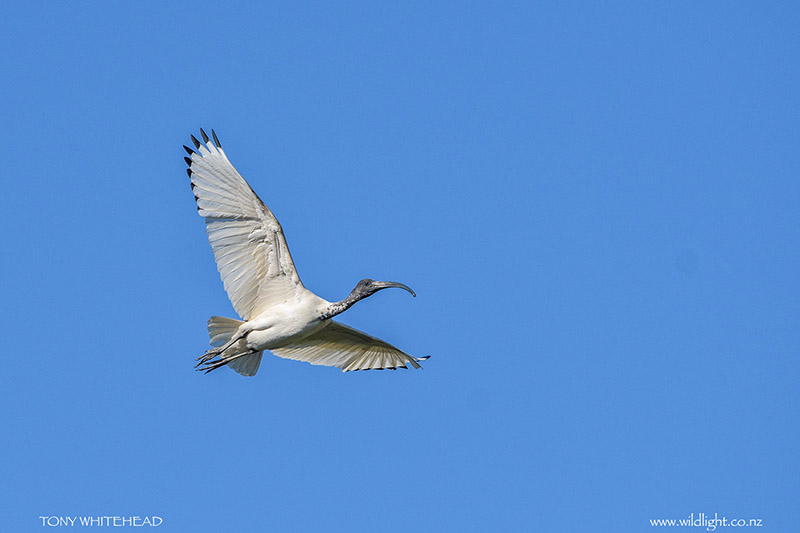
A recent trip to Brisbane highlighted this. We were staying just across the road from the Brisbane City Botanic Garden and my morning routine was to head to the garden to watch and photograph the birds which included a group of breeding Australian White Ibis. It was a great opportunity to get some flight shots, portraits and images of adults feeding fledglings.
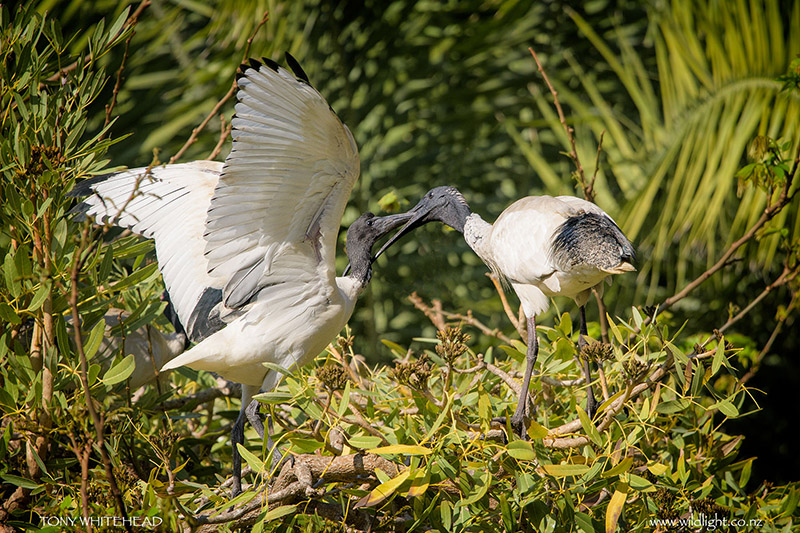
One of the pleasure I get from bird photography is freezing moments that let us see and fully appreciate the marvel that is a bird. Aerodynamics are a big part of that. We see them fly but cannot in real time fully appreciate all that is happening. This photo of a landing Bin Chicken illustrates the point nicely.
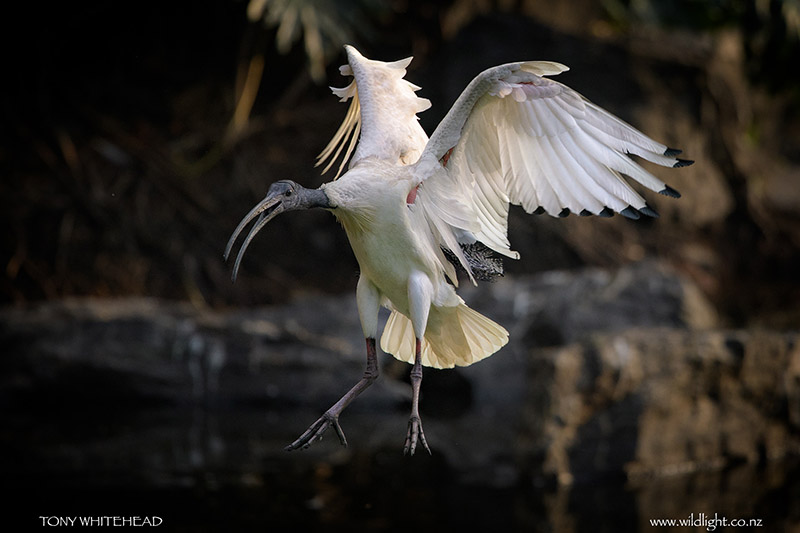
While not a stunning photo it shows some aspects of aerodynamics beautifully. The structure of the wings with the large flight feathers smoothed by the coverts and axillaries to minimise drag, the extended alula to decrease stall speed, the upper wing coverts fluttering in the turbulent air flow over the top of the wing and the tail deployed as an airbrake. Even the pilot’s alarmed expression confirms that landing is one of the stressful stages of any flight.
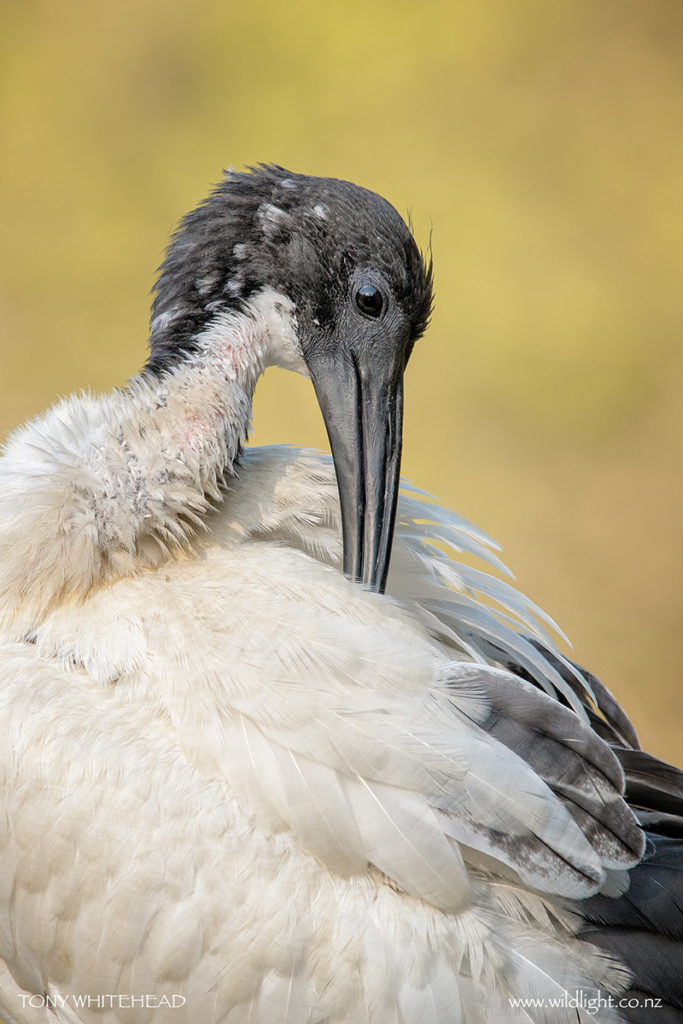
Despite being widely disparaged they do have their supporters and were voted Australia’s Favourite Bird for 2017. This suggests at least some of the population feels some empathy for this successful “Auzzie battler”. This Gizmodo article gives a different perspective and includes a link to the parody of a David Attenborough Planet Earth episode below.
Photos with Nikon D500 and Nikon 300mm f4 PF lens. Processed through Lightroom Classic CC, Athentech Perfectly Clear and Nik Color Efex Pro4 for selective tonal contrast adjustment.
